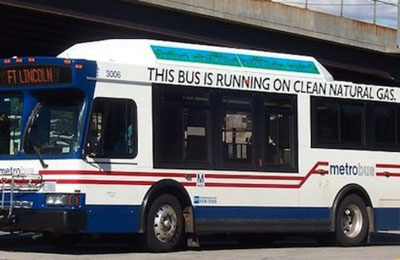
Shale estimates cement shift from oil to gas
London, June 11, 2013
By John Kemp
The shale revolution is likely to have a far bigger effect on the global gas market than on oil supplies, entrenching the long-term price advantage of gas, according to new data from the Energy Information Administration (EIA).
Shale will extend recoverable oil resources by only 11 per cent but boost recoverable gas resources by 47 per cent, according to the agency's report on "Technically recoverable shale oil and gas resources: an assessment of 137 shale formations in 41 countries outside the United States".
Shale formations could produce an extra 345 billion barrels of crude with current technology. But that is a relatively small increment compared with the 1,642 billion barrels of already proved oil reserves and 1,370 billion barrels of as-yet unproved resources that are thought to be available from other sources.
Global oil consumption is currently running around 33 billion barrels per year, so shale would extend the current resource base by around 10 years at present rates of use.
By contrast, shale gas could extend gas resources by 7,302 trillion cubic feet, comparable to existing proved reserves of 6,741 trillion cubic feet and unproved resources of 8,842 trillion cubic feet.
Shale would extend the life of gas reserves by 60 years.
In terms of energy content, shale has pushed up global gas resources from the equivalent of 2.7 trillion barrels of oil to almost 4 trillion, while crude resources have risen from 3.0 trillion to 3.4 trillion.
The implication is that hydraulic fracturing will have a much bigger impact on the availability of gas and could help cement the current cost advantage of using gas as a transport fuel as well as a cheap source of power generation.
VISCOUS OIL
The main reason why hydraulic fracturing and horizontal drilling are expected to have a bigger impact on gas is that gas flows much more easily through fractured rock formations.
"Based on US shale production experience, the recovery factors used in this report for shale gas generally ranged from 20 percent to 30 percent," EIA wrote.
"Because of oil's greater viscosity and capillary forces, oil does not flow through rock fractures as easily ... Consequently, the recovery factors for shale oil are typically lower than they are for shale gas, ranging from 3 percent to 7 percent of the oil in place," the agency wrote.
Even in the best shale plays, such as Bakken in North Dakota and Eagle Ford in Texas, producers have recovered less than 10 percent of the oil and liquids originally in place.
Shale formations outside the US could contain as much as 5.8 trillion barrels of crude and liquids, according to EIA, but just 287 billion may be recoverable, an average recovery factor of 5 percent.
DISTRIBUTION
"Much of the shale resource exists in countries with limited endowments of conventional oil and gas ...(or) countries where conventional hydrocarbon resources have largely been depleted," according to the study.
Exploiting shale could therefore reduce these countries' risks of intentional or unintentional disruptions due to war or embargoes.
Shale oil and gas resources are more widely distributed than their conventional counterparts. But a slightly larger share of the shale oil resource is concentrated in countries such as Russia, Libya and Venezuela that are already major conventional producers, whereas more gas is concentrated in countries that are big importers such as China.
Assuming countries without large conventional deposits have a stronger incentive to develop shale, the distribution suggests shale gas could be developed slightly more quickly than oil.
The distribution of resources also suggests growing shale gas supplies will continue to pose a strong challenge to oil producers and exert long-term downward pressure on prices.
CHEAPER GAS
In the United States, gas currently costs less than a quarter of crude after differences in their energy content are taken into account.
Much of that advantage stems from the gas drilling boom in 2004-2008 as well as the relative isolation of the US gas market. Unlike oil, which trades in a global market, the international gas market is small, and gas prices show big regional variations.
Gas and oil prices are much more closely aligned in the rest of the world. Even in the US, the gap is likely to narrow once a new set of LNG terminals awaiting regulatory approval are built.
Nonetheless, if the shale report is right, natural gas should still retain some of its cost advantage in the medium and long term.
Seasoned industry observers have already noted that the current differential is unsustainable. "Something's got to give if that differential stays around for too long," Total chief executive Christophe de Margerie said last year .
Until now it has not been clear whether the gap will close mostly through a rise in the price of gas, a fall in the price of oil or some combination of the two. The comparative abundance of shale gas suggests oil prices are much more likely to converge down to gas, rather than the other way around.
Given the geological differences, natural gas looks set to be the lower cost way of adding reserves over the next couple of decades.
Many international oil companies already have significant gas assets. Natural gas accounted for 50 percent of Shell's total production in 2012.
At some point, the international oil companies will need to find better ways to monetise their gas assets. The majors have the resources to push gas deeper into the transport market by helping pay for infrastructure and promoting gas-fuelled vehicles, according to one analyst.
Shale oil resources may delay the transition to the more widespread use of gas as a transport fuel, but given the relative abundance of the two fuels, some switch to gas seems inevitable in the longer term, and the threat will help keep a lid on long-term oil prices. - Reuters







